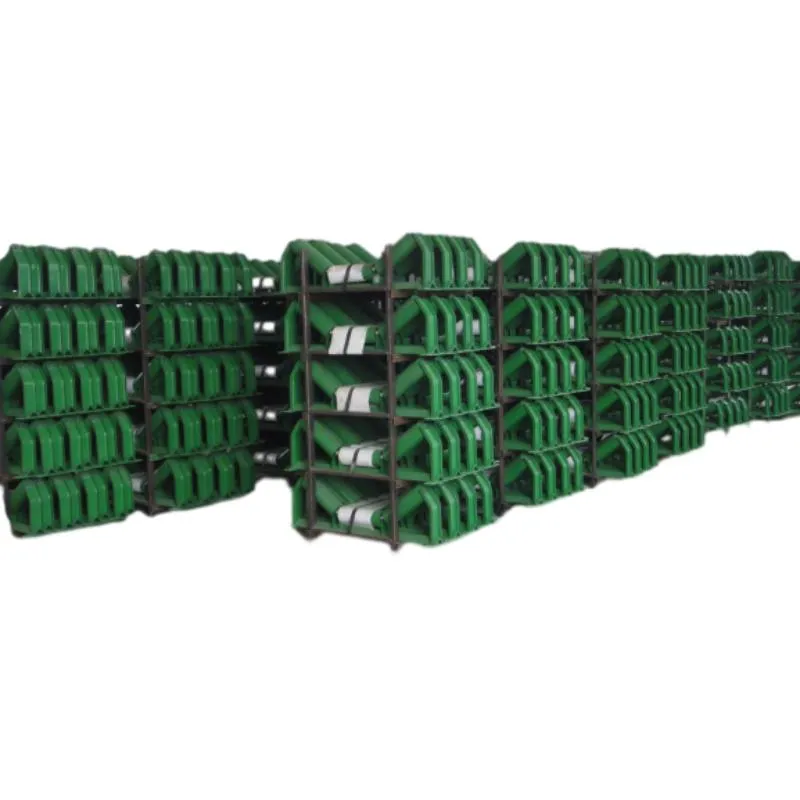 Afrikaans
Afrikaans  Albanian
Albanian  Amharic
Amharic  Arabic
Arabic  Armenian
Armenian  Azerbaijani
Azerbaijani  Basque
Basque  Belarusian
Belarusian  Bengali
Bengali  Bosnian
Bosnian  Bulgarian
Bulgarian  Catalan
Catalan  Cebuano
Cebuano  Corsican
Corsican  Croatian
Croatian  Czech
Czech  Danish
Danish  Dutch
Dutch  English
English  Esperanto
Esperanto  Estonian
Estonian  Finnish
Finnish  French
French  Frisian
Frisian  Galician
Galician  Georgian
Georgian  German
German  Greek
Greek  Gujarati
Gujarati  Haitian Creole
Haitian Creole  hausa
hausa  hawaiian
hawaiian  Hebrew
Hebrew  Hindi
Hindi  Miao
Miao  Hungarian
Hungarian  Icelandic
Icelandic  igbo
igbo  Indonesian
Indonesian  irish
irish  Italian
Italian  Japanese
Japanese  Javanese
Javanese  Kannada
Kannada  kazakh
kazakh  Khmer
Khmer  Rwandese
Rwandese  Korean
Korean  Kurdish
Kurdish  Kyrgyz
Kyrgyz  Lao
Lao  Latin
Latin  Latvian
Latvian  Lithuanian
Lithuanian  Luxembourgish
Luxembourgish  Macedonian
Macedonian  Malgashi
Malgashi  Malay
Malay  Malayalam
Malayalam  Maltese
Maltese  Maori
Maori  Marathi
Marathi  Mongolian
Mongolian  Myanmar
Myanmar  Nepali
Nepali  Norwegian
Norwegian  Norwegian
Norwegian  Occitan
Occitan  Pashto
Pashto  Persian
Persian  Polish
Polish  Portuguese
Portuguese  Punjabi
Punjabi  Romanian
Romanian  Russian
Russian  Samoan
Samoan  Scottish Gaelic
Scottish Gaelic  Serbian
Serbian  Sesotho
Sesotho  Shona
Shona  Sindhi
Sindhi  Sinhala
Sinhala  Slovak
Slovak  Slovenian
Slovenian  Somali
Somali  Spanish
Spanish  Sundanese
Sundanese  Swahili
Swahili  Swedish
Swedish  Tagalog
Tagalog  Tajik
Tajik  Tamil
Tamil  Tatar
Tatar  Telugu
Telugu  Thai
Thai  Turkish
Turkish  Turkmen
Turkmen  Ukrainian
Ukrainian  Urdu
Urdu  Uighur
Uighur  Uzbek
Uzbek  Vietnamese
Vietnamese  Welsh
Welsh  Bantu
Bantu  Yiddish
Yiddish  Yoruba
Yoruba  Zulu
Zulu Understanding the Function and Importance of V-Belt Idlers in Machinery
Understanding V-Belt Idlers Essential Components in Mechanical Systems
V-belt idlers are crucial components in various mechanical systems, particularly in power transmission applications. A V-belt idler is a pulley or wheel that helps guide and tension V-belts, which are vital for transferring power between rotating shafts. The proper functioning of a V-belt drive system heavily relies on the efficiency and design of its idlers.
The Role of V-Belt Idlers
V-belt idlers serve several important functions within a mechanical system. Firstly, they help maintain the correct tension on the V-belts. Proper tension is essential for efficient power transmission, as insufficient tension can lead to slipping, while excessive tension can cause premature wear and tear on both the belts and the pulleys. By providing additional support and guidance, idlers ensure that the belts remain in constant contact with the drive components, thus optimizing performance and longevity.
Types of V-Belt Idlers
There are two primary types of V-belt idlers fixed and adjustable. Fixed idlers maintain a constant position and are ideal for applications where belt length fluctuations are minimal. On the other hand, adjustable idlers can be repositioned to accommodate slight variations in belt length, making them useful in applications where belts may stretch or shrink over time. Additionally, idlers can be designed to serve multiple functions; for example, some may also function as tensioners, which actively adjust the tension of the belt during operation.
Benefits of Using V-Belt Idlers
v belt idler

Incorporating V-belt idlers in mechanical systems offers several benefits. One of the main advantages is improved energy efficiency. A well-tensioned belt will operate more smoothly, reducing energy losses due to friction and slippage. This efficiency translates to lower operational costs and enhanced performance of the machinery.
Moreover, V-belt idlers can contribute to the longevity of the entire power transmission system. By ensuring proper tension and alignment, idlers minimize wear on belts and pulleys, leading to longer intervals between replacements and reduced maintenance costs. This reliability is especially important in industrial settings where unexpected equipment failures can lead to significant downtime and lost revenue.
Installation and Maintenance Considerations
When installing V-belt idlers, it is crucial to follow the manufacturer’s guidelines to ensure optimal performance. Idlers should be properly aligned with the belts and positioned at the correct angle to avoid unnecessary wear. Regular maintenance checks are also vital to ensure the idlers remain functional. This includes inspecting for signs of wear, ensuring proper lubrication, and adjusting the tension as needed.
Conclusion
In summary, V-belt idlers are integral components in systems that rely on V-belts for power transmission. Their ability to maintain proper tension and alignment enhances the efficiency and longevity of the entire mechanical system. Whether in industrial machinery, automotive engines, or agricultural equipment, understanding the importance of V-belt idlers can lead to more reliable and cost-effective operations. For engineers and technicians, prioritizing the selection, installation, and maintenance of these idlers can significantly impact the success of their projects and the longevity of their equipment.
-
Revolutionizing Conveyor Reliability with Advanced Rubber Lagging PulleysNewsJul.22,2025
-
Powering Precision and Durability with Expert Manufacturers of Conveyor ComponentsNewsJul.22,2025
-
Optimizing Conveyor Systems with Advanced Conveyor AccessoriesNewsJul.22,2025
-
Maximize Conveyor Efficiency with Quality Conveyor Idler PulleysNewsJul.22,2025
-
Future-Proof Your Conveyor System with High-Performance Polyurethane RollerNewsJul.22,2025
-
Driving Efficiency Forward with Quality Idlers and RollersNewsJul.22,2025





























